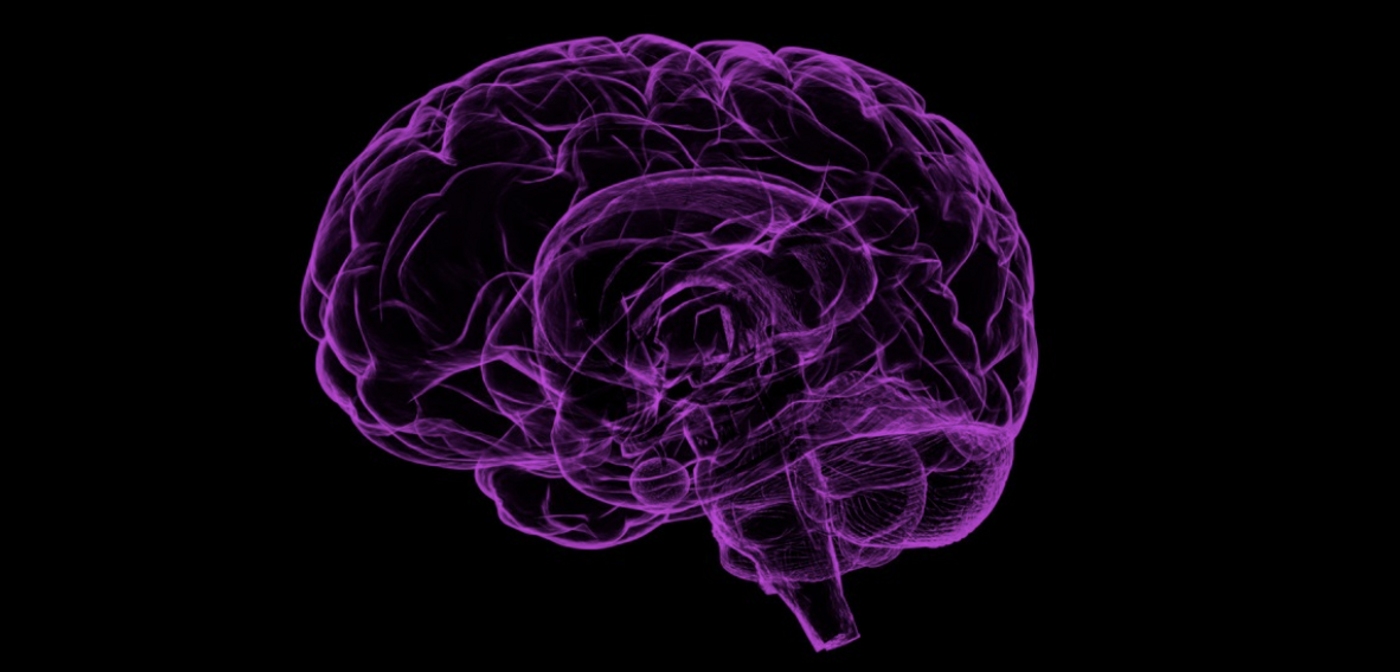A Change in One Gene Might've Made Our Brains Uniquely Human
For years, Alysson R. Muotri, Ph.D. a professor of pediatrics and cellular and molecular medicine at the University of California San Diego School of Medicine, studied neurological disorders. He has also long wondered how evolution gave us our uniquely human brains, a question that can be challenging to answer since fossils and ancient DNA don't tell us much about the human brain's function and development; brain tissue does not fossilize, Muotri noted. And evolutionary relatives like Neanderthals and Denisovans are now extinct.
Moutri opted to use stem cells to create brain organoids, simplified versions of human organs that grow in three dimensions, to try to make comparisons between humans and an extinct species. Muotri's lab has already worked to compare the brains of humans and other primates like chimpanzees and bonobos.
Reporting in Science, the researchers have now described how diverse groups of modern people are different from Neanderthals and Denisovans, who lived from about 2.6 million to 11,700 years ago. Using stem cells that carried genetic alterations, a brain organoid was engineered to create "Neanderthal-ized" brain organoids.
First, the researchers identified 61 genes that are different in modern humans and our extinct relatives. One of those genes, called NOVA1, is known to be involved in brain development and affects many other genes during this process, so the investigators next focused on that gene. With the CRISPR gene-editing tool, the researchers created modern human stem cells that carried a single mutation in NOVA1 that was similar to what's found in the genomes of Neanderthals. These stem cells were then used to generate brain cells; the resulting brain organoids that were thus 'Neanderthalized.'
"It's fascinating to see that a single base-pair alteration in human DNA can change how the brain is wired," noted Muotri, senior study author and director of the UC San Diego Stem Cell Program. "We don't know exactly how and when in our evolutionary history that change occurred. But it seems to be significant, and could help explain some of our modern capabilities in social behavior, language, adaptation, creativity, and use of technology."
While organoids lack many of the complex functions of the organs they model, the brain organoids created by Muotri's lab generated electrical oscillatory waves that were similar to the ones made by the human brain.
The changes induced by the mutation, which made the organoids 'Neanderthalized,' had such a profound impact that the changes were visible to the eyes of an observer: their shape was distinctly altered. A closer analysis revealed that the growth of cells and the connections or synapses between neurons were also different. Molecules that sit at the synapses were also altered, and some electrical signals were active at earlier stages. However, in the Neanderthalized brain organoids, this activity didn't synchronize in networks.
"This study focused on only one gene that differed between modern humans and our extinct relatives. Next, we want to take a look at the other 60 genes, and what happens when each, or a combination of two or more, are altered," Muotri said.
"We're looking forward to this new combination of stem cell biology, neuroscience, and paleogenomics. The ability to apply the comparative approach of modern humans to other extinct hominins, such as Neanderthals and Denisovans, using brain organoids carrying ancestral genetic variants is an entirely new field of study."
Sources: Science Daily via University of California - San Diego, Science









